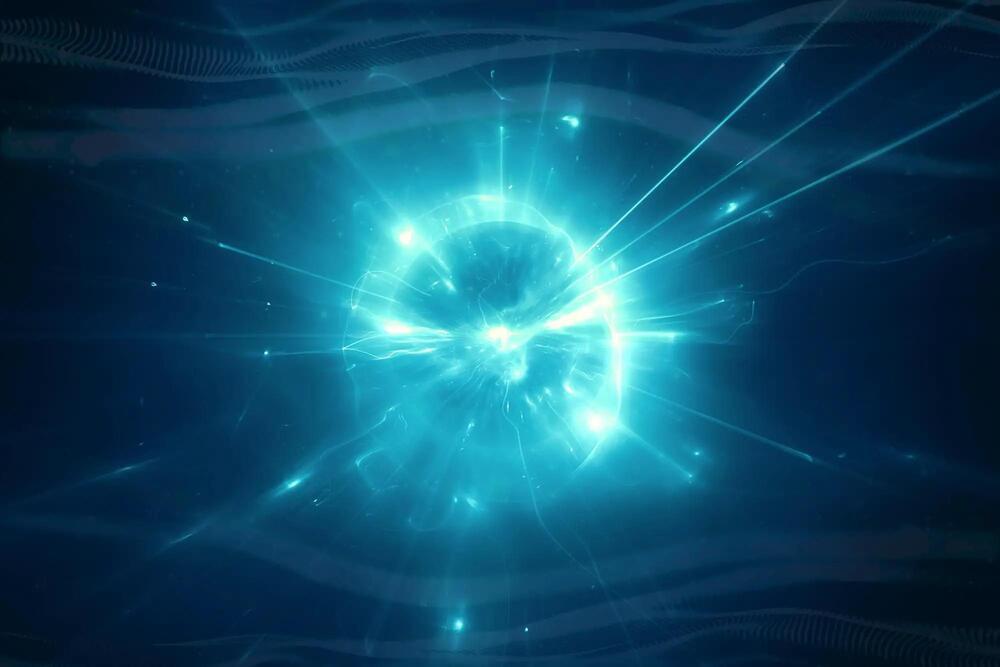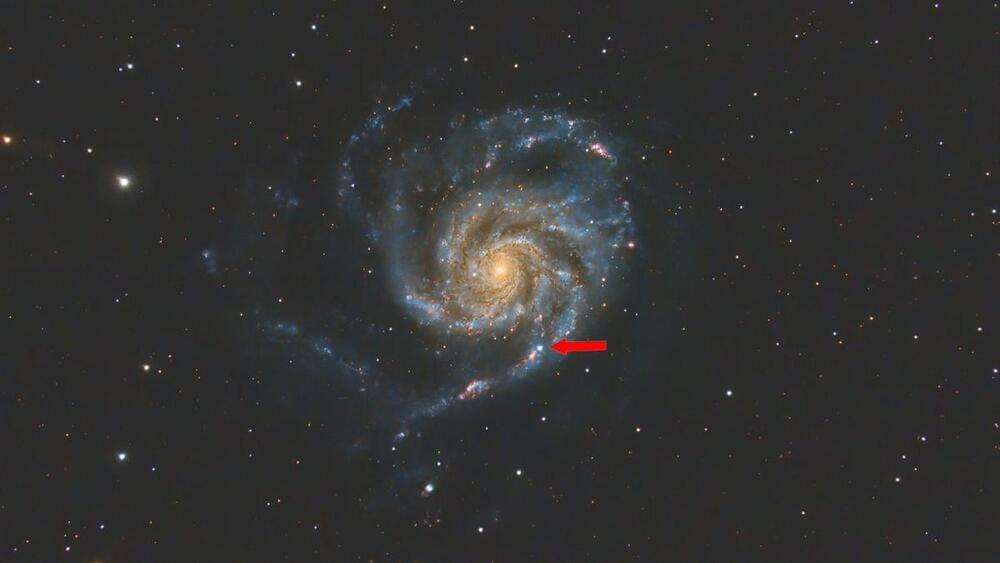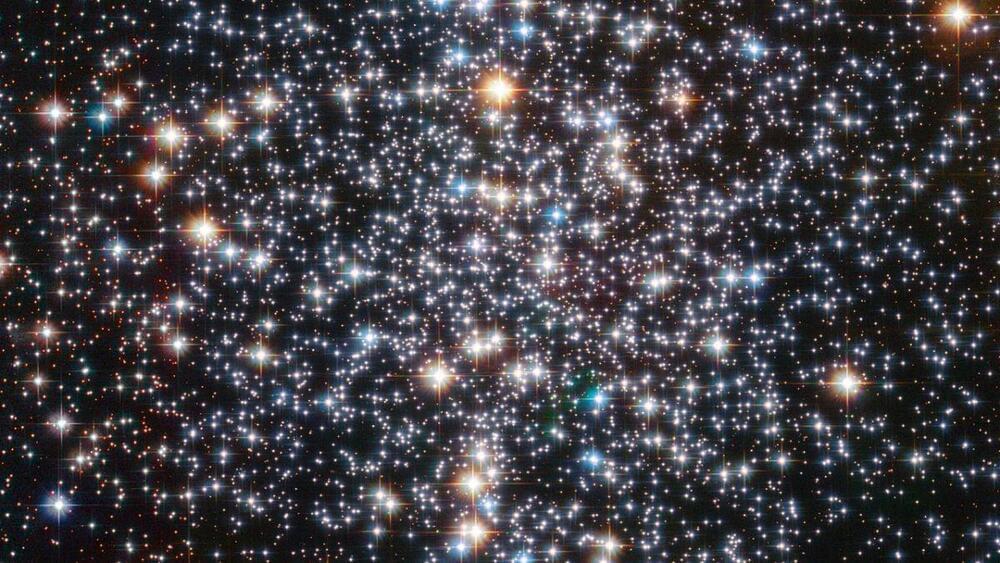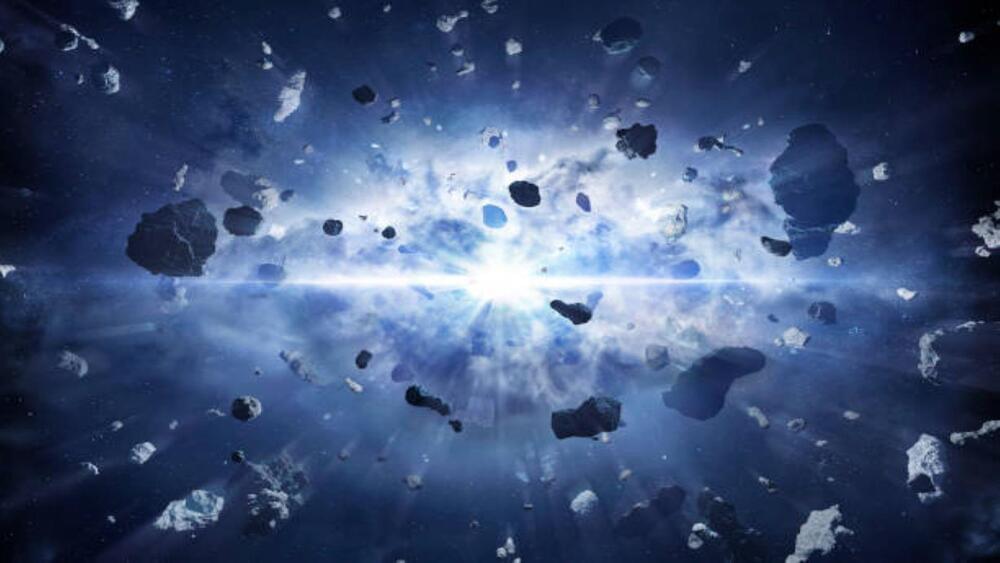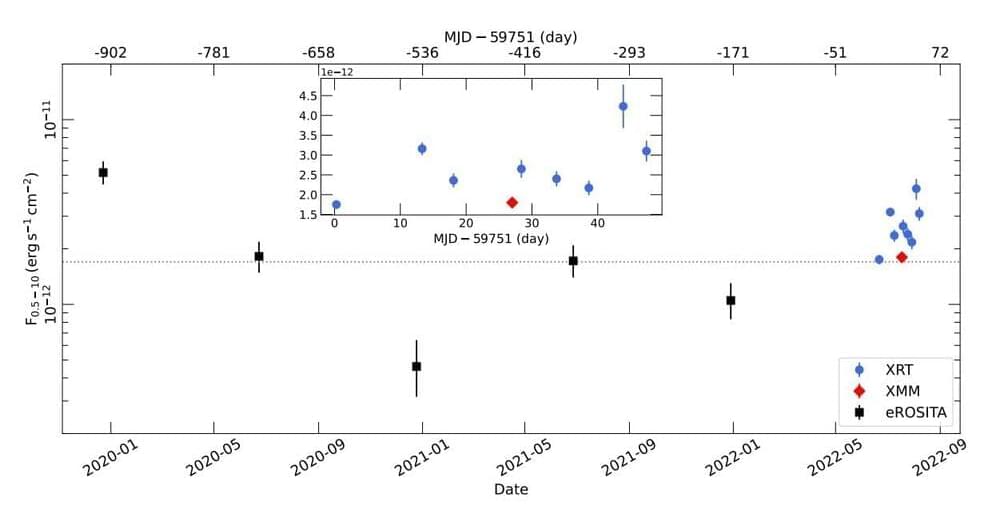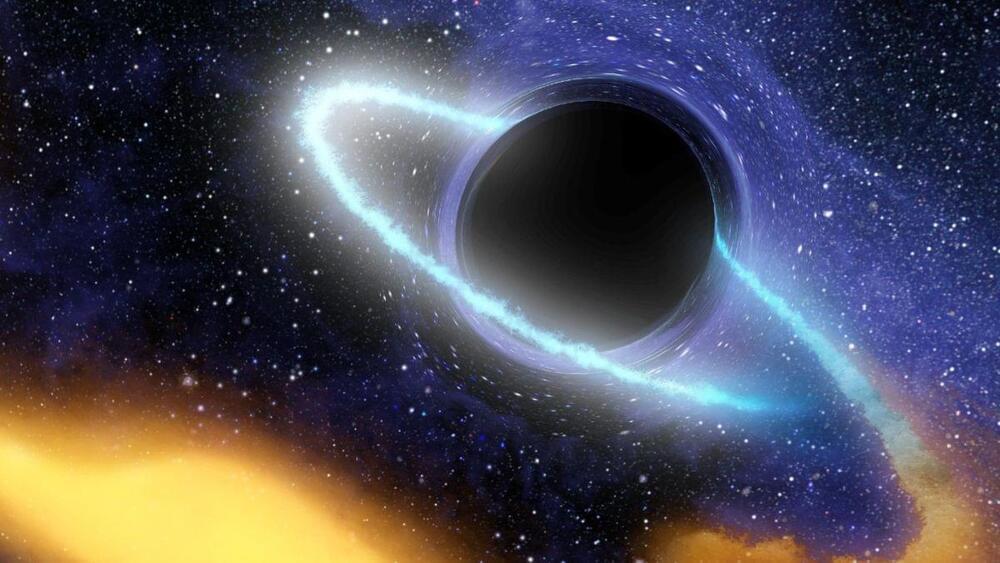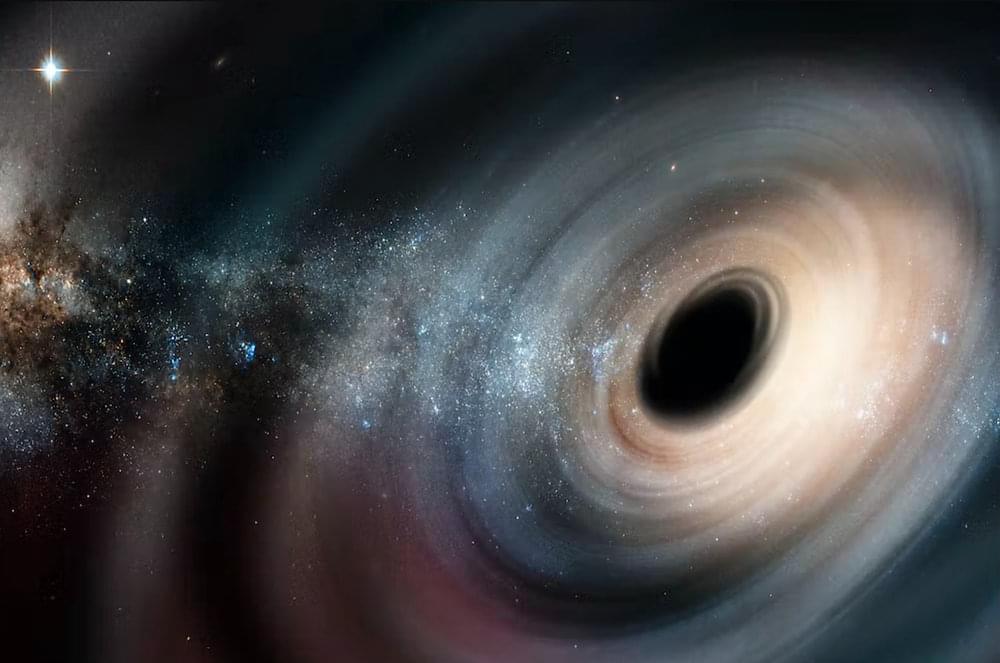What happens if dark-matter particles are produced inside a jet of Standard-Model particles? This leads to a novel detector signature known as semi-visible jets! The ATLAS Collaboration has come up with the first search for semi-visible jets, looking for them in a general production mode where two protons interact by exchanging an intermediate particle, which is then converted into two jets.
The elusive nature of dark matter remains one of the biggest mysteries in particle physics. Most of the searches have so far looked for events where a “weakly interacting” dark-matter particle is produced alongside a known Standard-Model particle. Since the dark-matter particle cannot be seen by the ATLAS detector, researchers look for an imbalance of transverse momentum (or “missing energy”).
